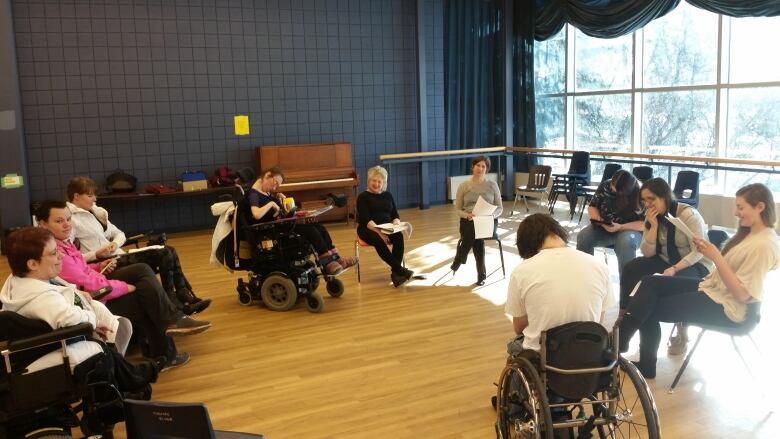Guelph study identifies job barriers for graduates with disabilities
Statistics Canada finds about 45% of Canada's 2.3 million disabled workers have jobs

A recent University of Guelph study shows Canadian university students with disabilities face disproportionate barriers to employment after graduation.
According to study co-author BradSeward, unemployment rates are twice as high among graduates with disabilities and those who do succeed at finding full-time work earn an average of $4,000 to $6,000 less per year than students without disabilities.
Gap expands over lifetime
That gap has been shown to widen over the graduates' lifetime, Seward explained.
"This gap exists only two years after graduation," he says. "If we look at literature that talks about inequality over the life course, this becomes further entrenched over time."
A Statistics Canada study released Thursday found there were 2.3 million working-age people with disabilities in Canada and only45 per cent of them were employed.
Of those not working, Statistics Canada estimates 411,600 are available for work, with 42 per cent of this population needing some form of accommodation, such as reduced hours, specialized computers or technology support.
If we look at literature that talks about inequality over the life course, this becomes further entrenched over time.- BradSeward, University of Guelph
People with developmental, cognitive and mental health-related disabilities faced the greatest barriers to employment.
Seward and his colleagues, David Walters and DavidZarifa, based their findings on data from Statistics Canada's National Graduates Survey.
Thefindings suggest barriers to employment vary depending on the discipline and level of education, with students in college and trade programs faring worse than those in university programs.
Students from liberal arts, business and engineering programs also tend to struggle more than graduates from science and health care programs, Seward said.
In addition to struggling to find full-time work, students with disabilities are more likely than their peers to leave the workforce early.
Gap due tostigma, lack of accessibility
Seward said the literature suggests that stigma is one significant factor that limits theability to succeed.
"That can really marginalize and isolate disabled workers, whether through deliberate or undeliberate channels," he explained.
Seward hopestheGuelphstudy will pave the way for policy changes, such as a greater emphasis on workforce equity training, that will help to close the employment and wage gap for students with disabilities.
Today's Statistics Canada study found disabled workers who were not in the labour force were discouraged by factors such as inadequate training or experience, lack of locally available jobs or unsuccessful past attempts at obtaining employment. About 17 per cent believed they had faced discrimination and 12 per cent had accessibility issues, Statistics Canada found.












_(720p).jpg)


 OFFICIAL HD MUSIC VIDEO.jpg)
.jpg)



























































































